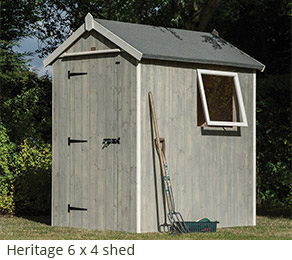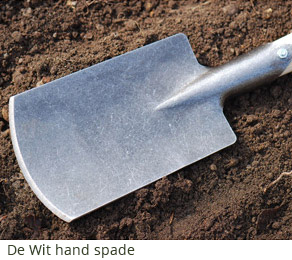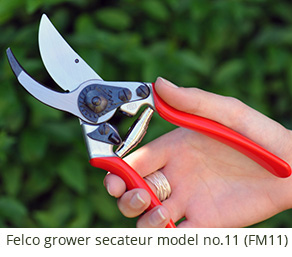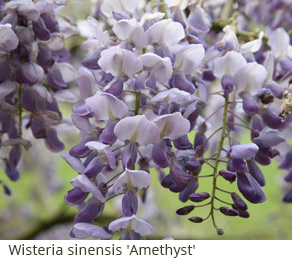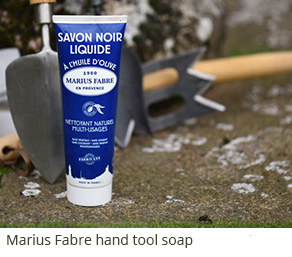This month delivers the darkest days of the year, so it’s a good idea to bring a little flower power into the home to lift the gloom. One of the easiest house plants in winter is the tender orchid because most tolerate central heating and subdued, but bright light. There’s an exotic orchid for every spot in the home - from the sunless windowsill to the bright conservatory - and it’s possible to have an orchid for every season. Their exotic looking flowers outlast almost anything else, giving an average of two to three months of pleasure. So whether you’re giving an orchid, receiving one, or buying one for yourself here’s some advice about what to buy and how to keep it in good health.
Ambient Bright Conditions with Humidity.
The first thing to bear in mind is that most commonly grown tender orchids grow in high-altitude places close to rivers and streams, or high up in trees, or in rocky crevices. The humidity is fairly high and the temperature never gets really hot or really cold. Your orchid will need ambient nighttime temperatures of at least 10C with daytime temperatures between 18 and 22C. That’s not too hot and not too cold and most homes can provide that. You can help with humidity by standing your orchid on a saucer of pebbles or gravel, or misting your orchid in summer with a light spray of water.
Watering is Key
The most common cause of orchid death is overwatering. This causes the fleshy roots to rot and then the leaves droop and fall off. If this happens the orchid can’t take up nourishment so it dies.
How do I know when my Orchid Needs Watering?
Picking up the pot is the best indicator. A dry pot feels very light in the hand and if you get used to handling the pot after watering you will learn how heavy a hydrated pot feels. If your orchid has a clear plastic pot it’s possible to tell from the covering on the the thick fleshy roots, or velamen. If the roots look greenish or mottled, your orchid does not need watering. If the roots look white or silvery then your orchid is short of water. If you don’t have a see-through pot remove the orchid from its pot for a few seconds. You can also plunge a pencil point into the compost. The point will darken with moisture if the plant has enough water - or use your finger.
When and How to Water
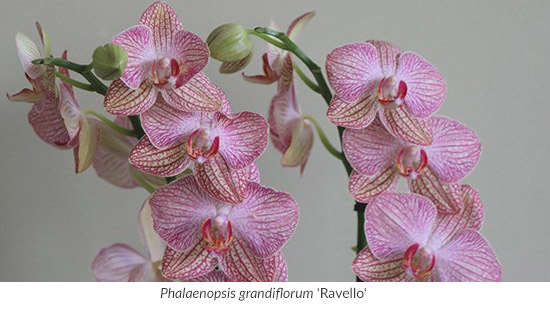
A once a week watering is usually best. However if your home is very warm you may need to water more often - just examine the roots more regularly. The best time for watering is in the morning, because this allows any excess water to evaporate from the crown before nightfall. Use tepid tap water, or rainwater, and immerse your orchid for roughly 15 minutes in a sink or washing up bowl. Allow the plant to drain away afterwards because you don’t want the roots to stand in water, and always keep the foliage dry, taking care not to splash the leaves. Reduce watering slightly during the winter.
Repotting
Orchid compost breaks down over time and prevents air reaching the roots. If the orchid hasn’t outgrown its pot it’s best to re-use the original pot, because orchids flower best if the space is relatively confined. Always use proprietary bark-based orchid compost, not a loam-based one.
Remove the plant and untangle the roots and remove all of the old compost. Snip off any diseased or dead roots that look shrivelled or brown in appearance, using clean scissors or secateurs. Shorten the remaining thick white roots back to roughly 12cm (5in). Don’t bury or cut any aerial roots that are sticking up in the air.
What to Buy
If you’re buying an orchid for a gift, always buy a colourful cache pot (or pot cover) that sets off the flower colour, because many orchids come in transparent pots that are frankly ugly. Think of it as gift wrapping!
Moth Orchids or Phalaenopsis
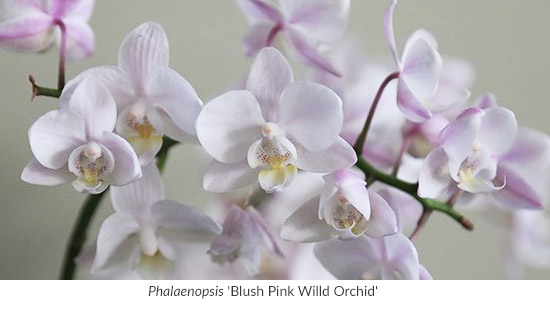
Phalaenopsis are the easiest orchids of all and they can be bought in flower at any time of the year. They’re called moth orchids because two of their six petals resemble large wings. They look very graceful because the stems curl over and display several showy flowers at once. They are found naturally all across Southeast Asia and they enjoy warm temperatures that don’t fall below 10C, plus good light. Most centrally heated houses will have a suitable spot on a bright windowsill that avoids direct sun.
They can bloom throughout the year and each flower lasts an average of 12 weeks, although pink and white forms flower for longer. Once the flowers have faded, you need to cut the flowering stalk back to just above the second node, the lumpy joint visible beneath the spent flowers. A new flowering side shoot should then develop on well-grown plants. If this doesn’t happen, reduce the temperature by 5°C for four weeks to prompt flowering. Phalaenopsis produce aerial roots and don't need repotting in normal circumstances.
Cymbidium (Florist’s Orchid)
 This is the oldest cultivated orchid and evidence shows that Cymbidiums were being grown as decorative plants in China 2500 years ago. There are 50 species found growing naturally in China, Japan, through the Himalayas, Southeast Asia and Australia. Thousands of hybrids have been bred and they are often grown in heated conservatories and cool greenhouses because they’re more cold tolerant than many orchids. That’s because they come from high-altitude positions. They’re also more expensive than moth orchids, but very long lived, If a Cymbidium looks dead it can be regenerated from the bulbous roots if it’s potted on. Cymbidiums, like dogs, are pets for life and not just for Christmas.
This is the oldest cultivated orchid and evidence shows that Cymbidiums were being grown as decorative plants in China 2500 years ago. There are 50 species found growing naturally in China, Japan, through the Himalayas, Southeast Asia and Australia. Thousands of hybrids have been bred and they are often grown in heated conservatories and cool greenhouses because they’re more cold tolerant than many orchids. That’s because they come from high-altitude positions. They’re also more expensive than moth orchids, but very long lived, If a Cymbidium looks dead it can be regenerated from the bulbous roots if it’s potted on. Cymbidiums, like dogs, are pets for life and not just for Christmas.
They are often called florist's orchids, because they were often used as ladies’ corsages in times past. They flower between October and May and, although they may not be as showy as moth orchids, they can tolerate greater fluctuations in temperature. In winter they need an airy, light position between 10 and 22C. The buds drop if it’s too warm, and the ideal temperature is 15°C, so a cooler room is best. Once in flower you’ll get six to eight weeks of bloom. If they become pot bound it’s best to divide and repot in spring.
The flower buds are initiated between mid- and late summer and plants require good light and a distinct difference in day and night temperatures. Many growers place their Cymbidiums outside from June until late-August to create the correct conditions. 'Peggy Sue’ is an award-winning raspberry-pink form with wine-red spotting and blotching. The Indian Cymbidium orchid, C. erythraeum, is far subtler, with narrow green and brown outer petals surrounding a cream middle marked in russet-red. The flowers are very fragrant and this orchid is happier in cooler rooms that get up to 14C rather than warm living rooms.
Miltonia Pansy Orchid

These come from central to southern Brazil, with one of the ten species of Miltonia being found in Peru. They take their common name from the pansy-like shape of their flowers and they’re perfect for a north-facing windowsill, because they need minimum light and temperatures around 15C. They’re also very compact, so an ideal present for someone with a smaller home. The fragrant, flowers of the Miltonias come in a variety of colours and they last for a few weeks. Watering needs to be carefully done.
More Tender Orchids for the Home
 Brassia Brassia
The flowers of the Brassia orchids have very long and narrow petals, so they get their common name from their long-legged petals. They are natives of damp forested areas in Mexico, Central America, the West Indies and northern South America so they prefer warm daytime temperatures of between 18.3°C to 23.9°C. Night temperatures should be about 10 degrees lower. The light needs to be soft, rather than bright, and watering should be little and often. The flowers of most Brassias are highly fragrant.
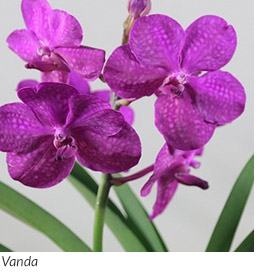 Vanda Vanda
Vanda orchids come in spectacular colours including blue. They grow and flower on trees in India, Sri Lanka and Northern Australia and their aerial roots emerge from the crown, sometimes twining round the tree’s branches. They resemble air plants and are often grown and supplied in glass vases. Give them a bright position, away from full sun, in temperatures that range from 17 to 28 C. Their rounded purple, deep-pink or almost-blue flowers last an average of six to eight weeks. Watering consists of half filling the vase with tepid water twice a week. The water should be emptied away after half an hour. Orchid food should be added to the water once a fortnight between March and September.
In the summer Vandas can be hung in a tree, without their vase, in the garden in shade. However, the outdoor temperature must stay above 8 °C. You will need to spray the foliage regularly during dry and sunny periods.
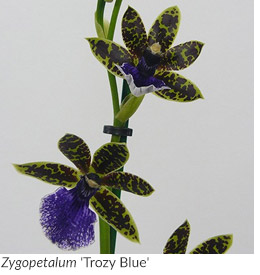 Zygopetalum Zygopetalum
Zygopetalums have very fragrant flowers, with an arrangement of spotted petals surrounding a large lower lip that’s usually vividly veined. ‘Trozy Blue’ combines lime-green and purple-blue petals. They enjoy humidity in the wild so it’s vital to avoid them drying out. Give them bright, but indirect light, and provide day and night warmth.
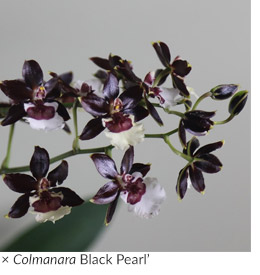 × Colmanara × Colmanara
Harder orchids to grow include the × Colmanara’s, but they have sophisticated sprays of small flowers that come in plum-black and white or shades of, green and maroon. These orchids produce air roots and can be grown with or without compost.
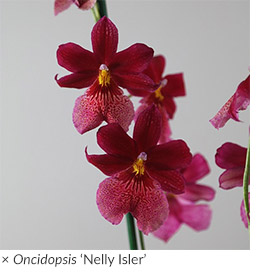 × Oncidopsis × OncidopsisA little care is needed when watering the × Oncidopsis orchid because it needs rainwater rather than tap water. It’s happiest between16º and 24º C, but it also needs an airy setting. Although it’s more challenging to grow the red flowers have a lemon scent. |













